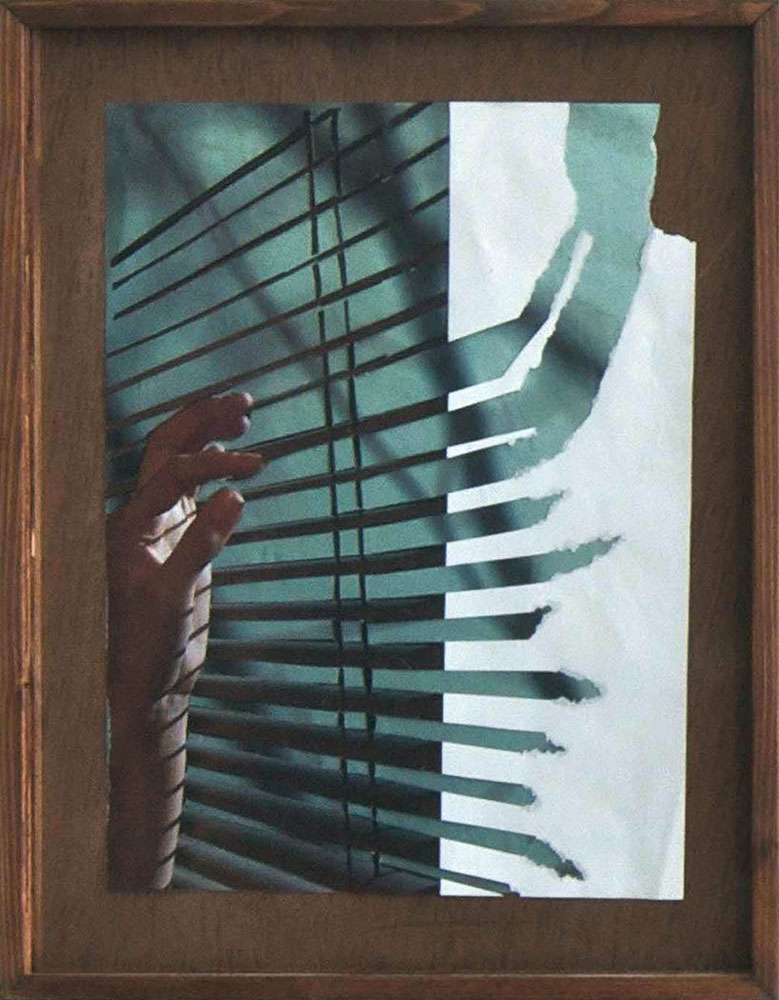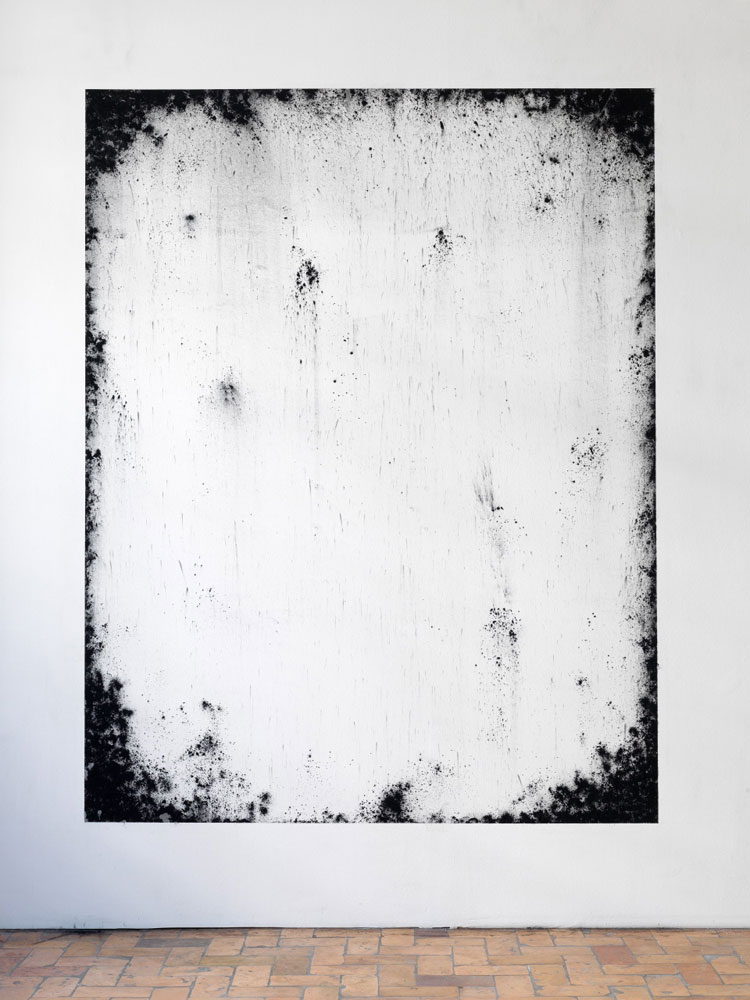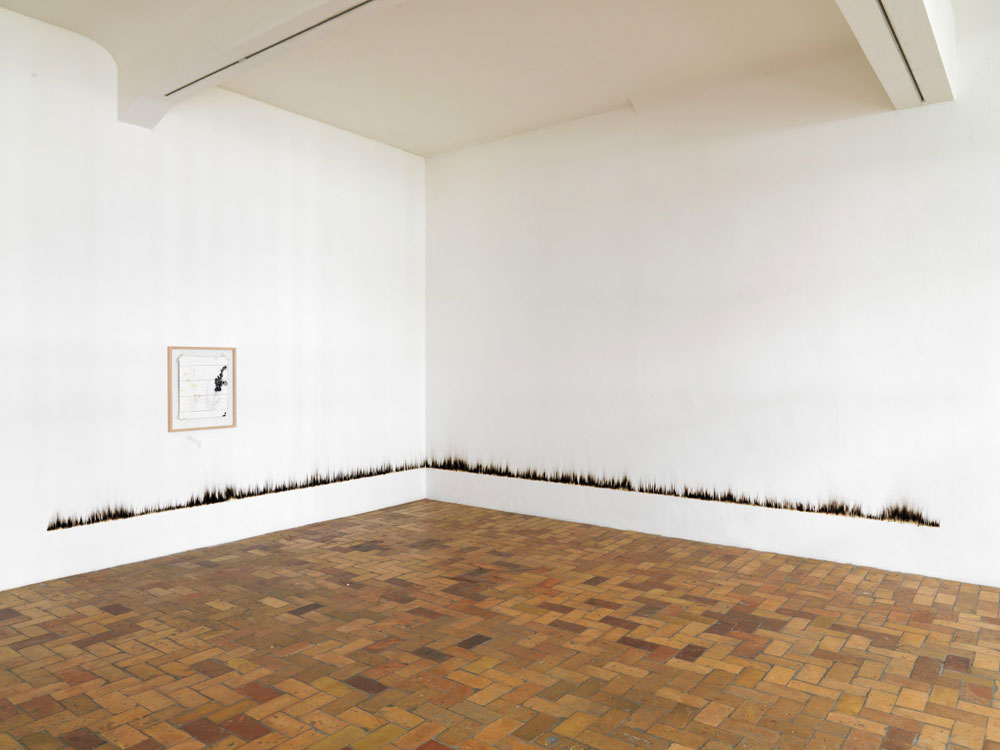The other project space-VeneKlasenWerner
The other project space-VeneKlasenWerner

The other project space- VeneKlasenWerner
I have been hearing the name VenerklaseWerner whispered around Berlin in awe for quite some time now, mostly in relation to some amazing after party or exclusive dinner, as things go in the arts. The whispers were so loud in fact that it actually took me some time to decipher the sound: Vene-Klasen-Werner, not three guys but two: Gordon VeneKlasen and Michael Werner. Or should I put Michael Werner first, as he is the one, whose ambition led him through different failed attempts from West Berlin, back when Baselitz had long hair, to Cologne owning only 50Mark and some paintings, living in the gallery cellar, to today in New York where his name is synonymous to German Art and very high prices. You can read more about his fascinating biography and quite a few interesting opinions about the art world in his interview with Birgit Maria Sturm. (German version here)
The space on Rudi Dutschke str is a long-time dream of Werner’s Gallery Director in NY, Gordon VeneKlasen. Started in late 2009 as a space for experimentation: showing artists off the gallery’s beaten track; a project space. -Or rather a playroom as there is also a small cinema with old DDR Kino chairs and a bar with a beer tap. VeneKlasen is visiting at least once a month and remains very much involved in everything from the installation to the artist’s info booklet. The only opening he missed up until now is of the current show:

Installation view, Nico Vascellari. Courtesy VW (VeneKlasen/Werner), Berlin.
MoDiMiDoFrSaSo-Harold Ancart, Klaus Jörres, Nico Vascellari
The title of the show is not a vocal exercise in German or a children’s eating song but close, it is a song by Einstürzenden Neubauten, who repeatedly messed around with both. The three artists, from Belgium, Germany and Italy respectively, are each presented in one of the three rooms of the 400QM space. Seemingly three solo presentations, the show unfolds in a very succesful balance between the things where the artists differ completely: the selection and use of material, and the things they share: preoccupation with fragmentation and abstraction, repetition and process and just a hint of neurosis...
In all three positions the importance seems to lay in what is left out. For Jörres it is the key to understand/classify/enjoy the work, for Vascellari is these exact parts of his biography he is trying to talk about, for Ancart is the previous state of his material, the previous state of the space.

Nico Vascellari, "Untitled (Layers)", 2010 (detail). Collage, 45 x 35 cm. Courtesy VW (VeneKlasen/Werner), Berlin.
Memory Layers
Asking about the work of Nico Vascellari you immediately run into personal details. A sound loop he recorded in the woods near his friend’s house, the never cleaned windows in his childhood home, the mountains he used to stare at. Looking at the work, the nearest you get to anything personal is a small clumsy collage of some window blinds through which you can look into..not much. A big tape loop running through some very fragile looking pieces of wood prevents you from moving freely, forcing you to move around it. The room is unlit, but for the three slides projectors, (which you have to walk through when you enter), projecting out of focus slides of color-collages on an empty white surface with three glass frames leaning on it (these are the dirty windows as it turns out). In his text the artist talks about layers, and this is exactly what it is a very carefully layered composition of things he allows us to see, or hear, things he hints at and things that are missing.

Installation view, Klaus Jörres. Courtesy VW (VeneKlasen/Werner) Berlin
Poetry of Consistency
Klaus Jörres is a Berlin’s art nightlife darling, his work on the other hand, shown here in all its austere sharpness, has absolutely no desire to please. Your eyes hurt and you get a bit dizzy by looking. Five big scale black and white canvases, hang close to each other and leave the rest of the room empty. The first is a grid of black and white horizontal /vertical stripes, the next three vary in different degrees of “abstraction and addition“ as the artist calls it (denser grid, no horizontal or vertical lines, overlap of different grids). The fifth canvas is identical as the first. I run into this very funny video of a younger Jörres lying in an empty white box talking (or not talking) for three minutes about how art is entertainment and then it hit me. Jörres working tool is exactly that, the absence of meaning, the absence of entertainment, the absence of color, historical reference or any kind of means of understanding and classification.

Harold Ancart, "Untitled", 2011. Pigment on wall, 269 x 211 cm. Courtesy VW (VeneKlasen/Werner), Berlin.
The impossible space*
Harold Ancart’s room is marked by a series of actions the artist took in the space. A long burn out line scars one corner, this is the first thing you notice, and you cannot stop noticing it, even while looking at the smaller drawing, also with some burned parts and what he calls the “nylon wire sculpture“. What you stare at next, is what seems to be a big charcoal drawing on the wall, or rather what would be left, if you had drawn a big charcoal drawing on this wall and then removed it- only inwards. While looking at these charcoal traces, you might (or might not) notice a nylon thread which leads to four burnt (?) threads held in a fragile balance from the opposite wall. Ancart is the youngest of the three, an extremely tall and joyful guy. When we met at the opening in the back yard I asked him what he would burn there. It took him, but three seconds of serious contemplation to come up with a plan.
*From the artist answers “I am turning the room you gave me into an impossible space“

Installation view, Harold Ancart. Courtesy VW (VeneKlasen/Werner), Berlin.
The exhibition was organized by gallery director Birte Kleemann, a frequent Berlin-New York commuter and an Art School Graduate herself (in stage design). Her first big gallery exhibition in NY was Berlin 2000 in Pace Wildenstein featuring 37 of Berlin’s „scene“ daddys.
I am not quite sure if Michael Werner will enjoy the current show, or any show in VW. Or if any of the people at the opening would step a foot in the Julius or Michael Werner Gallery. This is maybe what makes this even cooler. VW is the ideal example of New York’s obsession with Berlin, a very welcome completion to the Expatriate hype of the Neukölln scene and, lets face it, a model project space. There IS a way to get rich gracefully it seems.